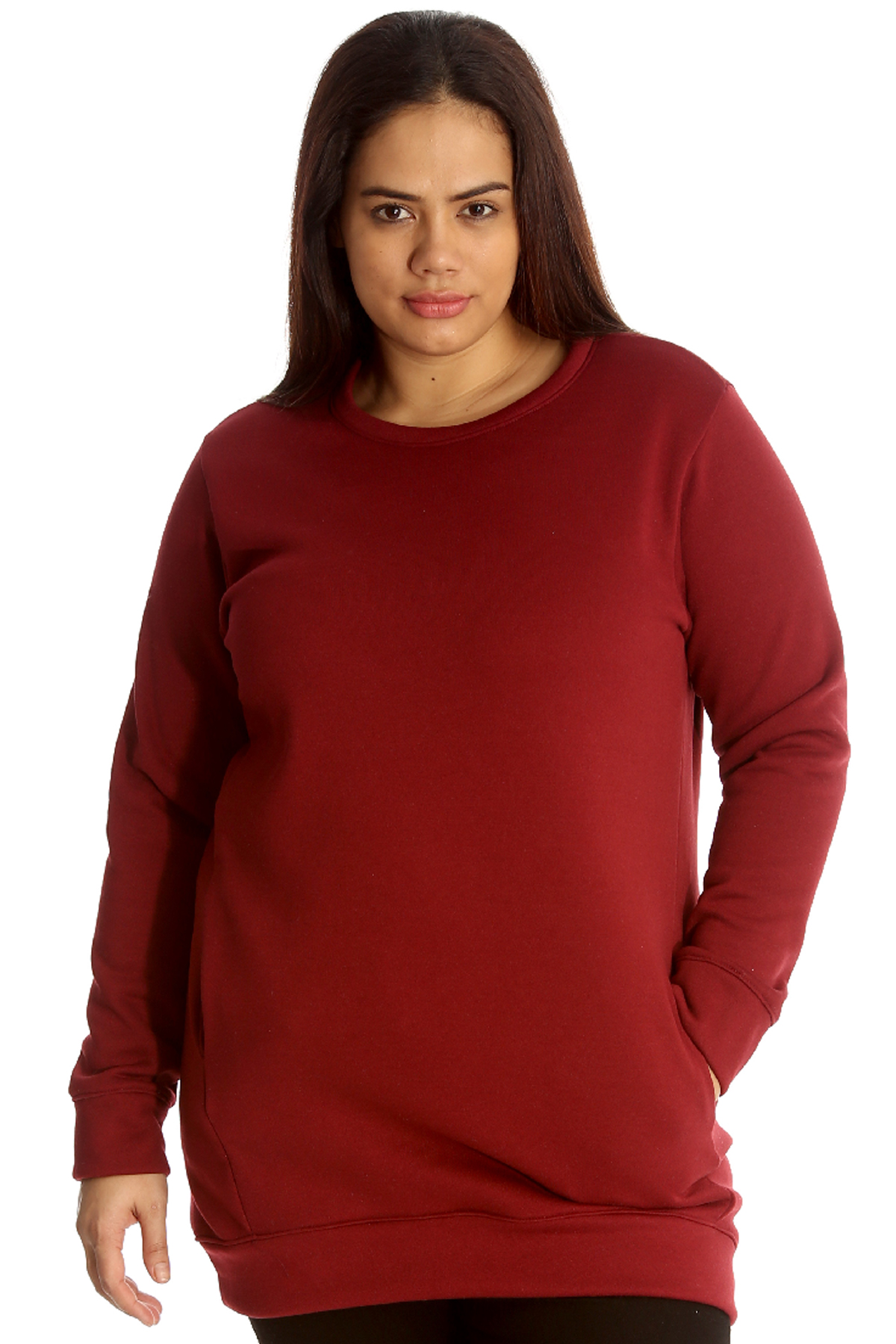Sweatshirts are long-sleeved garments composed of cotton-rich fabric. They are usually worn as casual clothing, and are not so formal as sweaters and cardigans. They may not have the or hood. If you're interested in purchasing a sweatshirt, here are some tips:
Norma Kamali spread the appeal of sweatshirts
Since the end of the 70s, Norma Kamali has been transforming the simple sweatshirt into an art form. Her designs have become a staple in almost all women's wardrobes. Her distinct designs include a tummy-tucking team neck to leather-paneled sweatshirts. She has also created clothing with unusual shapes, such as an oversized tank top that has long trumpet skirt.
A partnership of the designers and sweatshirt manufacturer Everlast led to her Timeless collection, which was an instant hit when it was featured in the Spiegel spring 2006 catalog. The collection was made up of convertible and interchangeable knits with classic designs, and many pieces were priced under $20. Even the The Norma Kamali Timeless collection wasn't sold in stores, fans were able to find the designs for sale on eBay as well as Poshmark.
Merino wool sweatshirts are more comfortable than sweatshirts with soft fabrics.
Merino wool is known for its ability to wick moisture away, which helps to keep you comfortable and dry. It is a natural fiber and also offers a more comfortable feel. The fabric also dries quickly compared to other natural substances. In addition, it is a sustainable resource. Merino sheep shed their coats each year, and then grow new ones.
Merino's weight-to-heat ratio is high, and the warmth of wool is what makes it a popular choice for sweatshirts. It helps to regulate the body's temperature because of its natural loft, which traps heat between the fibers. This is why Merino wool sweatshirts are great for outdoor activities in the summer, such as mountain biking, hiking, and running. The warmth they offer keeps the wearer well-hydrated and cool, something that is crucial when exercising.
Zip-front hoodies come with a kangaroo pocket
Kangaroo pocket hoodies are a popular style of hoodies. These hoodies feature a huge pocket on the front, which keeps your hands warm on cold days. They're also more practical than traditional pockets as they allow your hands to slide in and out easily.
Kangaroo pockets are usually large enough to fit a wallet or some other personal items. They're usually big enough to hold one hand in a smaller size, and can even be wide enough to fit two hands. They are wide on either side and make them ideal for carrying small objects.
sweat shirts is a popular fabric for sweatshirts
The French terry fabric is made of soft yarns made into loops, and is typically midweight. It is also renowned because of its capacity to absorb away moisture and is already pre-shrunk. French terry is a great option for sweatshirts since it keeps you warm when you require it and also keeps you cool when you're trying to cool off.
French terry is also popular for loungewearbecause it is stretchy enough and has enough flexibility to feel comfortable when you touch your body. sweat shirts allows air to circulate through the fabric, which makes it perfect for layering under other clothes. Additionally, since it is lighter than other sweatshirts you can wear it all through the year without feeling too either cold or hot.
Hoodies have classist connotations
While it could appear that hoodies are simply an appropriate attire item for working class people, the reality is that they carry classist connotations. Hoodies first became seen in the 70s New York, where graffiti artists would wear them to conceal their identities. In 1976, hoodies made their major appearance in the film "Rocky," when the character from the working class wore hooded gray sweats on his famous climb up the Philadelphia Museum of Art.

Hoodies are usually associated with destruction, death, and other undesirable items, yet they also serve practical purposes. For example, monks and priests may wear hoods to show the proper manner of dress and to focus on their inner self.
